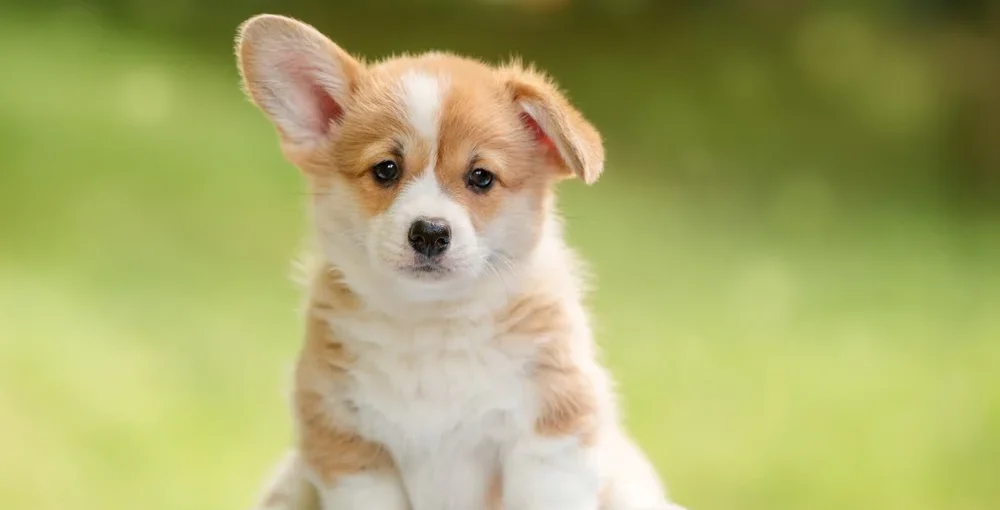Bringing home your first puppy is an exciting and heartwarming experience! From puppy eyes to wagging tails, having a furry friend by your side is incredibly rewarding. But training a puppy is an important task that helps create a happy, well-behaved dog and a strong bond between you and your new companion. Here’s a guide on how to make those first months successful, fun, and fulfilling for both you and your pup.
Establishing a Routine: Why Consistency Is Key
Dogs thrive on routine, and a young puppy especially benefits from a predictable schedule. Routine helps with everything from feeding to house training. Start with a feeding schedule, which will naturally help guide potty training times as well. Regular walks, naps, and playtime also help a puppy feel secure in their new environment.
Tip: Try to keep feeding and bathroom times the same each day to develop good habits faster!
2. Start with Basic Training and Socialization Early
The early months are prime time to teach your puppy basic commands such as sit, stay, come, and leave it. Training sessions should be short and frequent, as puppies have limited attention spans. Always use positive reinforcement, like treats or verbal praise, whenever they respond well. Socialization is equally essential: introduce your puppy to various sights, sounds, and people so they become comfortable in different situations.
Commands to Focus On Early:
- Sit – A basic command that helps with impulse control.
- Stay – Great for helping your dog learn boundaries.
- Come – Essential for safety and establishing trust.
- Leave It – Important to keep your puppy safe from dangerous or unwanted objects.
3. Crate Training and Housebreaking
Crate training is a valuable tool for housebreaking, offering your puppy a safe space to retreat to while helping prevent accidents around the home. Start by introducing the crate as a positive, cozy spot. Encourage your puppy to go in by adding soft blankets and their favorite toys. Make it a pleasant experience with treats, and gradually increase the time your puppy spends in the crate.
Housebreaking Tips:
- Take your puppy out frequently, especially after meals, naps, or play.
- Praise or reward your puppy immediately after they go outside.
- Stick to the same spot outdoors, so they learn to associate it with bathroom breaks.
4. Handling Puppy Biting and Chewing
Puppies explore the world through their mouths, so a little biting and chewing are to be expected. But training them to understand what’s okay to chew on and what isn’t will prevent future headaches. Offer chew toys, and whenever they go for fingers or shoes, calmly redirect them to the toy instead.
Tip: Avoid play that encourages biting, like tug-of-war, until they’ve learned bite inhibition.
5. Mental Stimulation and Physical Exercise
Puppies need exercise but not in excess. Short, gentle playtimes and short walks are perfect for most breeds. Puzzle toys, food-dispensing toys, and basic training sessions provide mental stimulation. A well-exercised puppy is happier, healthier, and usually less likely to engage in destructive behavior out of boredom.
6. Financial Considerations: What Are the Typical Costs?
Owning a dog is a financial commitment, and knowing the costs in advance will help ensure you’re prepared to provide for your puppy’s needs.
Initial Costs:
- Vaccinations and Vet Visits: Expect these within the first few months.
- Supplies: Collar, leash, food and water bowls, toys, and a bed are essentials.
- Training Classes: Optional but beneficial, especially for first-time owners.
Ongoing Costs:
- Food: Choose a high-quality dog food that matches your puppy’s breed, size, and age.
- Preventative Health Care: Monthly flea and tick prevention, as well as regular vet checkups.
- Toys and Treats: These keep your puppy engaged and happy.
- Pet Insurance: Many owners opt for insurance to help manage the costs of any potential emergencies.
7. Building a Bond Through Training and Patience
Puppies are full of energy, curiosity, and a desire to please. Training a dog is about building trust and understanding. Be patient and persistent, and celebrate small wins. Every successful sit or stay strengthens your relationship and helps build a confident, happy, and well-behaved dog.
Enjoying the Journey
Puppy training can feel overwhelming at first, but with a consistent approach, you’ll see results in no time. Remember that every challenge you overcome together makes your bond stronger. From learning new tricks to snuggling on the couch, your puppy will become a beloved member of your family. Enjoy every playful moment, and cherish the journey of raising your first dog!






